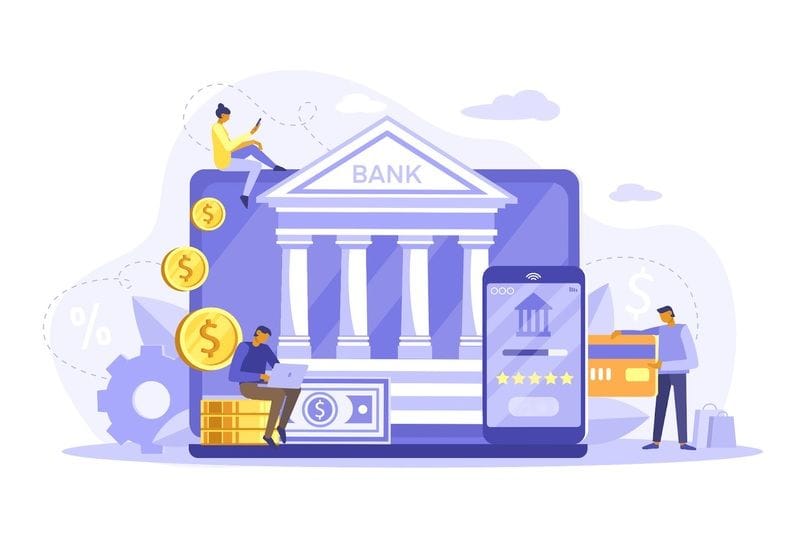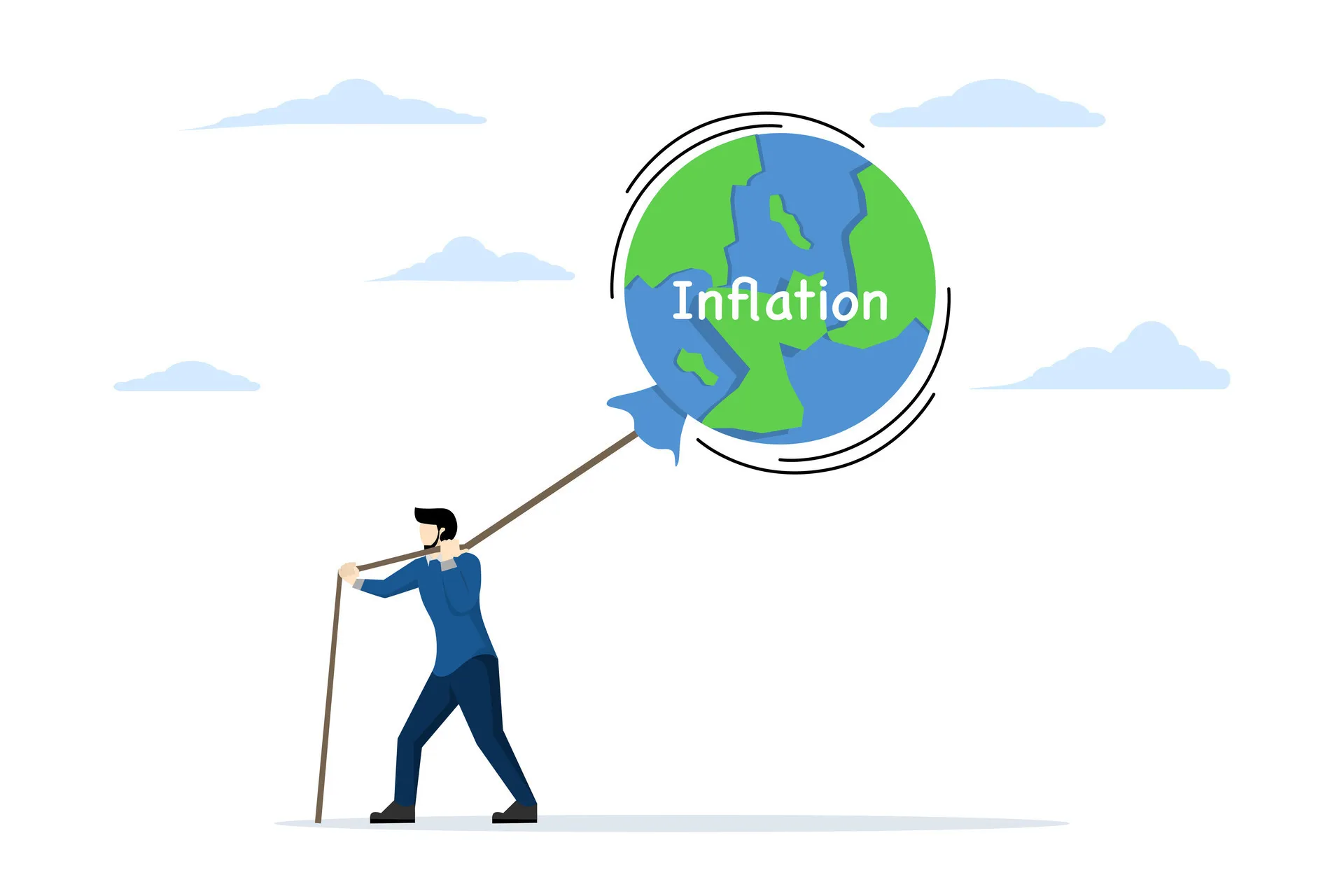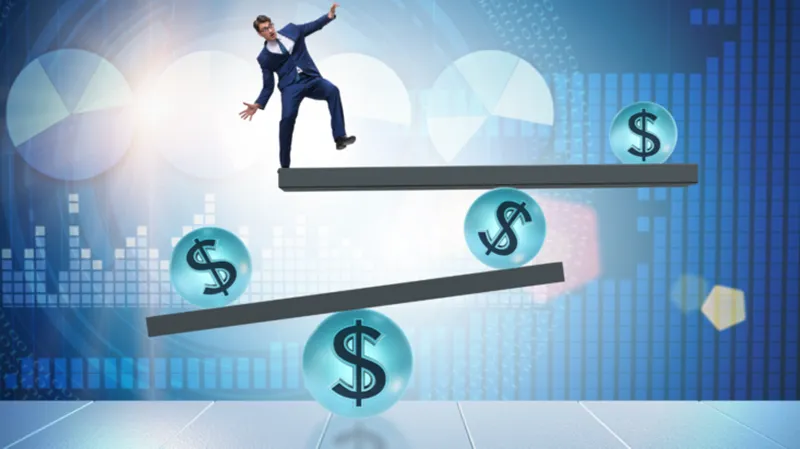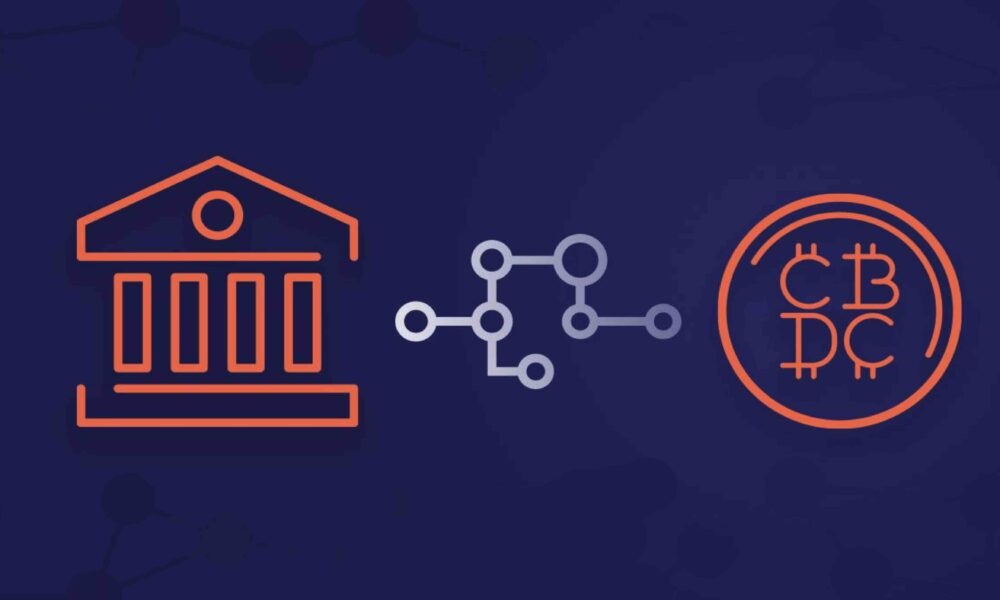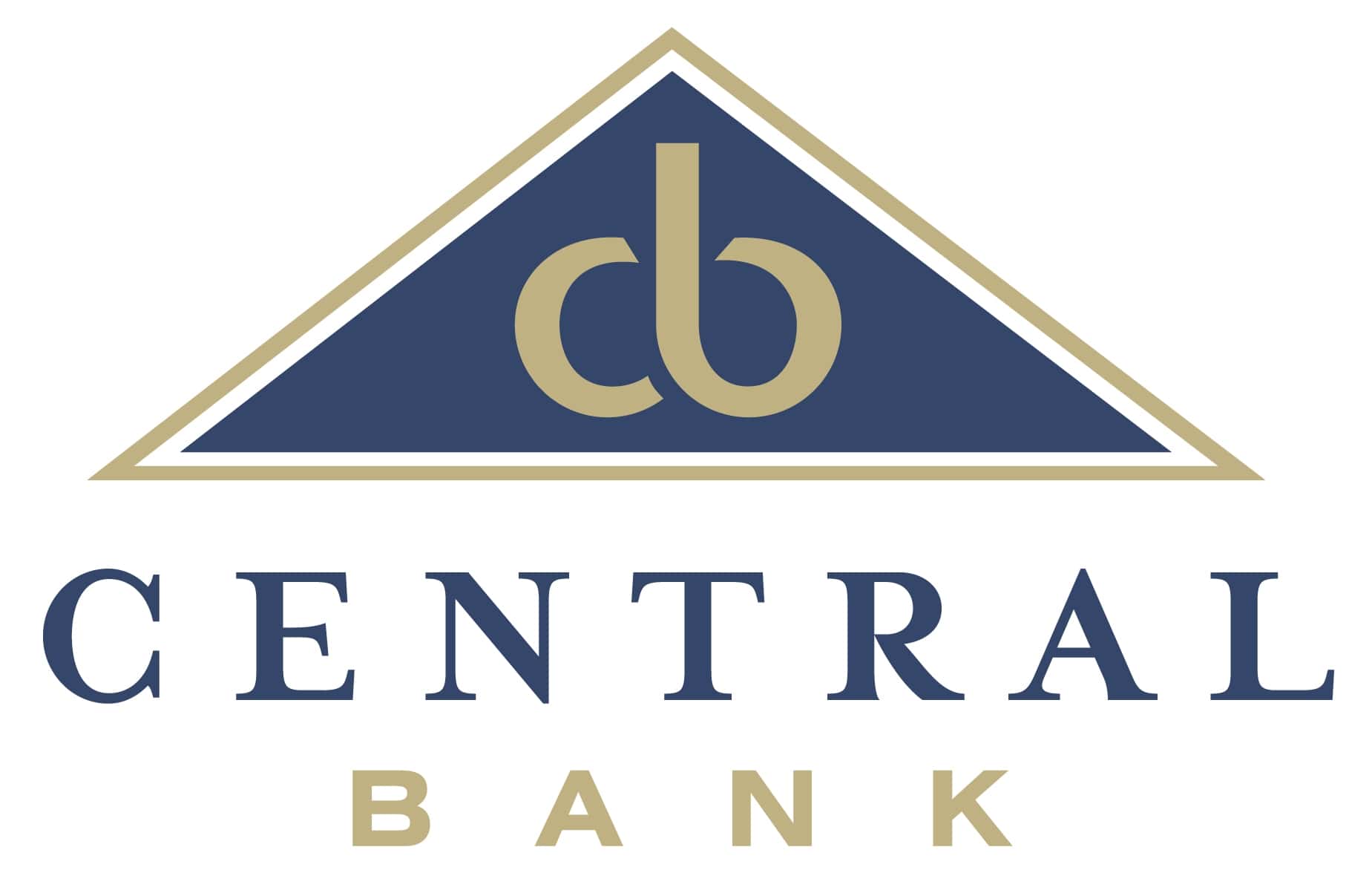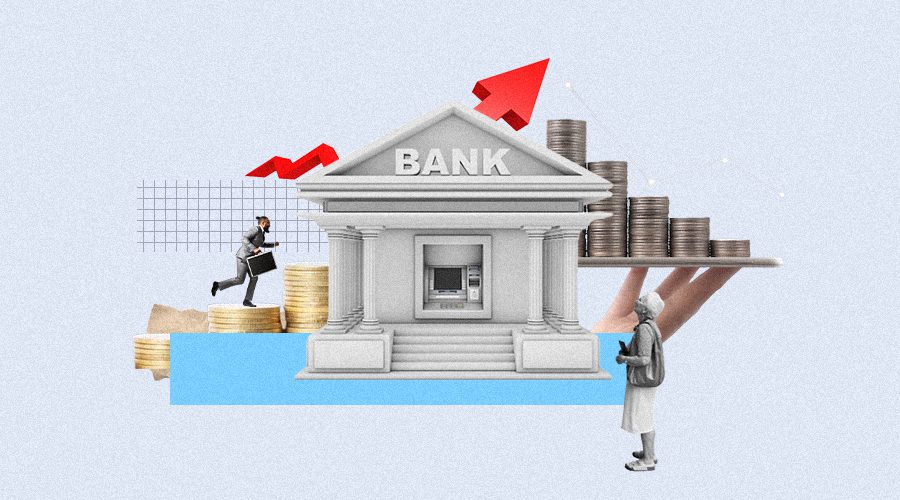Central bank interest rates impact on monetary policy much like a captain controls a ship’s direction. Stick with me as I break down how this works. We’ll see how these rates serve as the steering wheel for our economy’s voyage through storms and calm seas alike. Interested in how your wallet feels this impact? We’ll dive into that too. Understanding this influence helps us foresee why we pay more to borrow money and how much cash businesses and consumers are willing to spend. Get ready to become your own economic expert as we journey through the ebb and flow driven by central bank decisions.
Understanding the Impact of Central Bank Interest Rate Decisions
Exploring the Correlation Between Economic Growth and Rates
When central banks tweak interest rates, they aim to steer economic growth. Think of the economy as a car. Interest rates are like the gas pedal and brakes. Press down and you speed up; let up and you slow down. Changing rates can make borrowing cheap or costly. Cheap loans can lead small businesses to hire more and grow. It can help families buy homes or start projects. This way, boosting rates too high might bring growth to a screeching halt. Central banks must find a balance to keep the economy humming along.
Assessing Borrowing Costs and Consumer Spending Dynamics
Now, high interest rates mean you pay more over time for loans. It feels like pulling teeth to get that home or car loan. Lower rates are like a sweet deal – you pay less to borrow. That’s great for folks wanting to spend or invest. Yet, go too low, and people might not save money. Why? Because they earn little to nothing in the bank. So, it’s a tricky game. Central banks play this game to either encourage us to spend or save. This way, they help control things like job numbers and how much stuff costs across the country.
You see, whether you’re eating out less or buying fewer toys, or maybe a business is making less or more of something, it’s all linked. Prices, jobs, and what we buy work in a delicate dance. Central banks guide this dance with interest rates. They aim for price stability so your dollar is worth the same tomorrow. They also want to make sure there are enough jobs. Too many rate hikes, and we might hit a recession. Too low for too long, and we could end up with too much inflation. It’s all about finding that sweet spot.
Remember, when you hear about the central bank tweaking interest rates, they are doing more than just a single move. They are spinning multiple plates, keeping inflation, growth, and jobs in check. It’s a constant push and pull to keep our economic ship steady through whatever storms may come. Understanding this balance helps us grasp why these decisions are critical. They have a ripple effect. From the wallet in your pocket to the big stock market numbers on the news, it’s all connected. The central bank’s job is to keep those ripples smooth, not let them become waves that could tip us over.
Navigating the Tools of Monetary Policy
Federal Funds Rate and Its Influence on the Economy
Think of the federal funds rate as a ship’s steering wheel. It guides our economic ship. When the central bank sets this rate, banks follow for lending to one another. This is key for everyday cash flow needs. When this rate goes up, loans get pricier. When down, they’re cheaper.
“What’s the big deal with the federal funds rate?” you ask. Well, it’s the heart of monetary policy, beating life into the economy.
This rate’s hike means borrowing is more costly. So, people and businesses may spend and borrow less. This can slow inflation. A cut does the opposite. It boosts spending and borrowing, pushing economic growth.
The Role of Discount Rates and Reserve Requirement Ratios
Now, let’s explore the discount rate. This is what banks pay to borrow from the central bank. It’s like an emergency fund for banks. It steps in when the usual money sources dry up. A high discount rate can mean tighter credit conditions. Banks might lend less as it’s more costly for them. Lower rates can encourage lending and spur economic activity.
“Does the reserve requirement ratio really matter?” Absolutely! It’s the chunk of cash that banks must keep on hand. Less cash on hand means more lending power. More cash means less lending. It’s simple but powerful.
By adjusting these tools, the central bank aims for macroeconomic stability. It’s a constant balancing act. Rates affect everything from jobs to the cost of goods. As experts, we watch these moves to predict the economic weather ahead.
There we have it. The federal funds rate, discount rate, and reserve requirement ratio work together. They control the flow of money. They influence how much we save, spend, and the overall health of our economy. They’re the sails, anchor, and rudder for our economic ship.
The Effects of Interest Rate Changes on Economic Indicators
Analyzing Interest Rate and Unemployment Correlations
As a central bank tweaks interest rates, it affects jobs. Higher rates often mean fewer jobs. That’s because companies slow down on spending. They wait to see how things pan out. Less spending means they may not hire as much. This can cause unemployment rates to rise. It is a delicate balance to maintain. Now, let’s dive in a little deeper. When rates go up, loans cost more. So people and companies hold off on borrowing. They spend less. This cutback means less work for people to do. With less work, companies might not keep everyone on the payroll. This is how interest rates impact jobs.
Interest Rate Transmission Mechanism and Credit Availability
Interest rates do not work in a silo. They move through the banking system. This is called the transmission mechanism. It’s how changes in rates reach you and me. Banks react to central bank rates. They adjust their own rates for loans and savings. If the central bank raises rates, your bank likely follows. This makes loans costlier. When loans cost more, people and businesses think harder before getting one. Some might decide not to borrow at all. This affects what’s bought and built. Fewer loans can mean less money in the economy. So, central banks have to be careful. They need to make sure they don’t slow things down too much.
Credit is the fuel for economic activity. Good credit availability can help an economy grow. It lets people buy homes and companies invest in new ideas. But when money is tight, these activities slow. This can hurt growth. The central bank aims for a sweet spot. Enough credit flow to keep things moving, but not too much to cause trouble. Each move is like a sea captain adjusting the sails. The goal is to keep the ship steady in changing winds. It’s a tough job, but that’s what central banks do. They guide the ship of the economy using the compass of interest rates.
Global Perspectives and Future Trends in Interest Rates
Comparative Analysis of Global Central Bank Rates
As an expert, it’s clear to me: all countries don’t use the same interest rate. Why does this matter? Well, each country’s central bank sets rates to manage their economy. Some may hike rates to fight inflation. Others may lower them to help growth. It’s like a global game. Everyone plays their part to keep things stable.
So, how do global rates compare? It’s a mix, really. In times of trouble, rates may go down around the world. When things look up, they may rise. The key is balance. It’s vital for trade and to stop money from moving too fast to one place. Think about it like a see-saw. You adjust to keep level, right? That’s what they do, but with money.
And when one big player changes rates, others might follow. Rate hikes can lead to less borrowing, less spending, and can slow things down. Lower rates do the opposite. They can make people spend more and kick-start business.
What about your savings? Well, when rates go up, you might get more back. That’s good for savers. But, if you want a loan, it might cost you more. It’s a trade-off.
Yield Curve Analysis and Interest Rate Forecasts
What’s a yield curve? Think of it as a crystal ball for the economy. This curve shows what folks think will happen with rates in the future. It can show if they think rates will go up or down. Why care about this curve? It helps us guess what might come next.
When the curve slopes up, people expect growth. They think there will be more spending, more jobs, and higher rates. A flat curve? It means things might stay the same. A curve that goes down is a bit scary. It could mean a slump is coming.
Professionals look at this magic curve every day. They try to guess the right moves for business and money. It’s not a game though. People’s jobs and homes can depend on it.
Interest rate forecasts are not just guesses. They’re based on deep study. Experts look at loads of data to make these predictions. It helps them give advice on what might happen next. Will there be new jobs? Do we need to save more? These forecasts guide big decisions.
In the end, it all ties together. Rates, the economy, and what we think will happen. We watch and wait, and sometimes act, to keep the ship steady. That’s the gig of central banks. They steer us through the stormy seas of money and markets. And we trust them to lead the way to calm waters.
In sum, we dove into how central banks’ interest-rate calls can shake or stir our economy. We looked at how these rates tug at economic growth and the cost to borrow. We saw that when it’s cheaper to borrow, people tend to spend more. We also got a grip on monetary policy tools like the federal funds rate, the need for banks to keep reserves, and how discount rates play out. These big levers that central banks pull on affect everything from job numbers to how easy it is to get a loan.
Turning to the world scene, we compared interest rates across the globe and peeked at what might lie ahead. All in all, interest rates are power players in our economic health. They’re vital to watch whether you’re saving, lending, borrowing, or just trying to make smart money moves. It’s a complex dance, but knowing the steps helps us all move with confidence in our financial futures. Keep an eye on those rates—they’re more than just numbers in the news.
Q&A :
How do central bank interest rates affect monetary policy?
Central bank interest rates play a pivotal role in shaping monetary policy, as they are the primary tool used to control inflation and stabilize the currency. Changes in these rates can influence borrowing costs, consumer spending, and overall economic activity. By lowering interest rates, central banks aim to encourage borrowing and spending, thus stimulating the economy. Conversely, raising rates can help cool down an overheating economy and contain inflation.
In what ways do changes in central bank interest rates impact the economy?
Interest rate adjustments by a central bank can affect various economic indicators, including inflation, exchange rates, and employment. Lower interest rates typically make loans cheaper, which can stimulate investment and consumption, leading to economic growth. Higher interest rates can reduce borrowing, slow down economic activity, and help control inflation. Such changes also influence the value of the currency, potentially affecting international trade balance.
What is the relationship between central bank interest rates and inflation?
Central bank interest rates and inflation are closely interlinked. High-interest rates can help reduce inflation by discouraging borrowing and spending, which lowers demand for goods and services and eventually prices. On the other hand, low-interest rates can foster inflation if they lead to an increase in spending and borrowing, contributing to higher demand and potentially higher prices. Central banks often adjust interest rates to keep inflation within their target range.
How often do central banks review and adjust interest rates?
Central banks typically review and adjust interest rates on a regular interval, which can range from once a month to eight times a year, depending on the institution and the economic conditions. These decisions are often announced following scheduled meetings of the central bank’s policy committee. The frequency of reviews allows central banks to respond to changing economic data and maintain control over monetary policy.
Why do central bank interest rate decisions matter to consumers and businesses?
Interest rate decisions by central banks are crucial for consumers and businesses as they influence the cost of borrowing money. For consumers, changes in interest rates affect mortgage payments, credit card interest, and savings account returns. For businesses, these changes impact the cost of loans for capital expenditure and operating expenses. As such, central bank interest rate decisions can directly influence financial planning and budgeting for both consumers and businesses.

